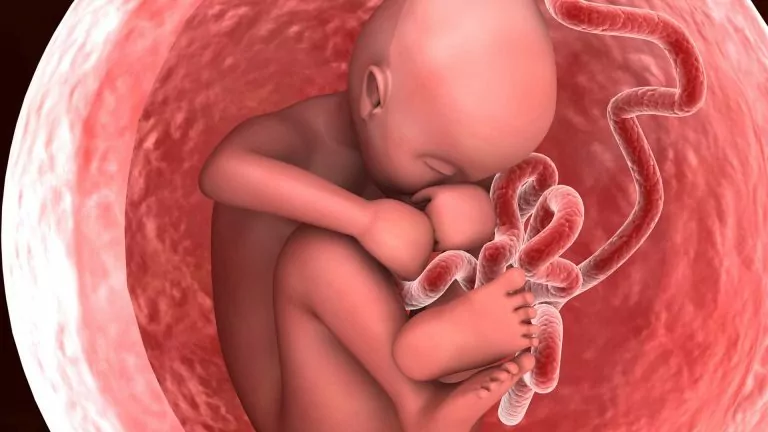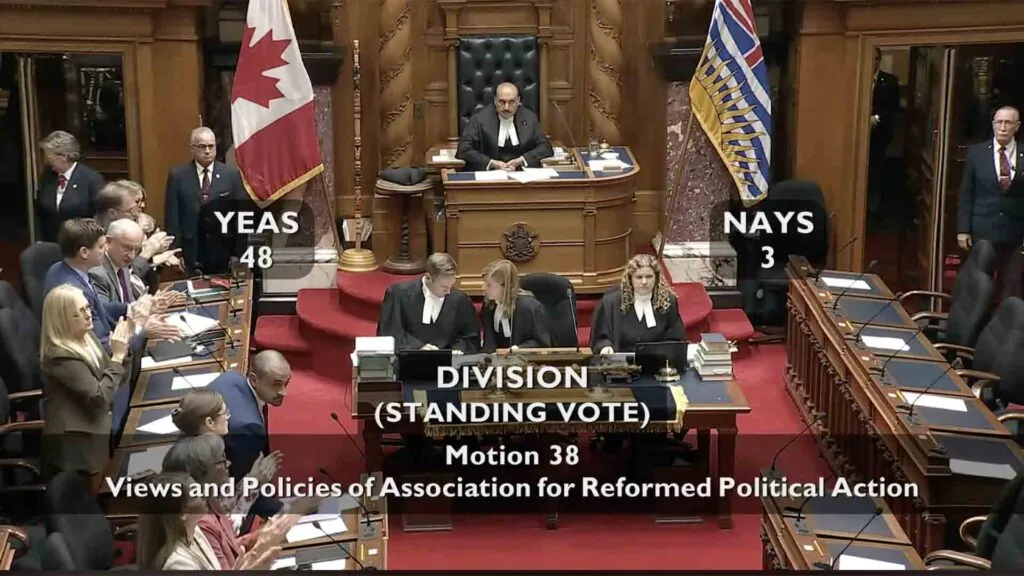If you haven’t seen any of the YouTube videos of Dr. Kristin Collier talking about the unborn, you’ve missed out. This Christian physician and University of Michigan Medical School faculty member has been speaking at universities around the USA, sharing scientific evidence about the interconnection between mothers and babies in the womb. Let me share a few of the highlights.
The placenta: a cooperative project
Many of Dr. Collier’s presentations have focused on the amazing miracle of the placenta. Often referred to as the “afterbirth,” it is actually the vital organ inside of which a baby grows. Dr. Collier states,
“In a mother’s womb following conception, God is building between mother and child an anatomic masterpiece, a relational organ. The placenta is therefore considered a fetomaternal organ because it is made by both the baby and mother (and Providence). The placenta is the only purposely transient organ in humans and is the only single organ that is created by two people in cooperation. Through the placenta, mother and prenatal child interface. In one organ we see the function of what is usually performed by multiple organs and systems. The placenta provides the function normally assumed by one’s lungs and kidneys and additionally has metabolic, thermo-regulatory, endocrine and immune function.”
In other words, when the baby is merely 6-7 weeks old inside the mother, he or she is contributing by assisting the mother in building the placenta. This is an important proof that even at that very early gestational age, this is not just a blob of tissue, but a co-worker in the process of life.
Microchimerism: an interconnection
Dr. Collier has also shared how analysis of DNA, taken during prenatal screening tests, shows that there is another sort of profound interconnectedness between the prenatal child and the mother.
“We know that genetic material from the prenatal child crosses through the placenta and can be found in the mother’s circulation. The interaction at the level of genetic material between mother and prenatal child is illustrated in what is called ‘microchimerism.’”
Microchimerism is the presence of a small population of genetically distinct and separately derived cells within an individual. Dr. Collier goes on to say:
“The growing baby sends some of her cells across the placenta into her mother in a way that we are only beginning to understand. These cells migrate to various sites of maternal tissue and integrate into them. They then assume the function of the surrounding tissue and begin to function as such. Microchimeric cells have been found in various maternal tissues and organs, such as the breast, bone marrow, skin, liver and brain.
“Early and late effects of these cells have been hypothesized. Some of these cells appear to target sites of injury and may help mother heal after delivery by integrating into a Cesarean section wound and helping to produce collagen. Fetal cells may be involved in the process of lactation by signaling the mother’s body to make milk. Others have been thought to help protect a mother against breast cancer later in life. This process likely involves negotiation and cooperation between mom and baby at the cellular level. Researchers are in the early stages of attempting to understand the full function of these cells, which may have important implications for the immune status of women.”
To summarize, cells of their children remain within women throughout their lives, helping the mother, and also perhaps explaining the connection that mothers feel with their children – and their lost children.
“Human beings carry remnants of other humans in their bodies. These cells become integrated into maternal tissue and are active and working in ways that we are just beginning to understand. Think about mothers who have lost both prenatal and postnatal children, and how they have longed for their children still to be with them in some way. Now we see that in fact, they are.”
Babies: a superb design by our Creator God
Psalm 139 rejoices in how God forms children within the womb. Learning how these babies participate in building their own placenta reinforces the truth that these are little people growing in there. And discovering the wonderful ways in which mothers and babies are, and stay connected gives us cause to rejoice in the superb designs of our Creator God. And this is why Dr. Kristin Collier is determined to share this knowledge throughout the world.
You can learn more in the doctor’s wonderful 16-minute presentation below.












